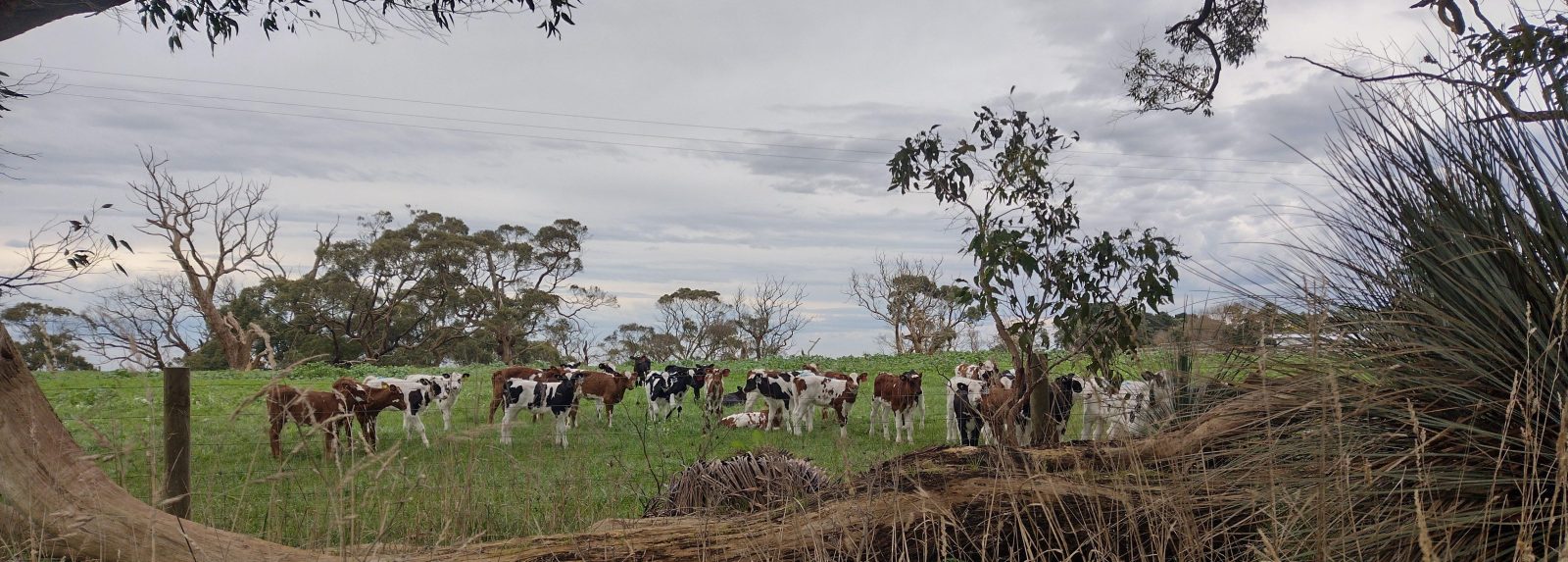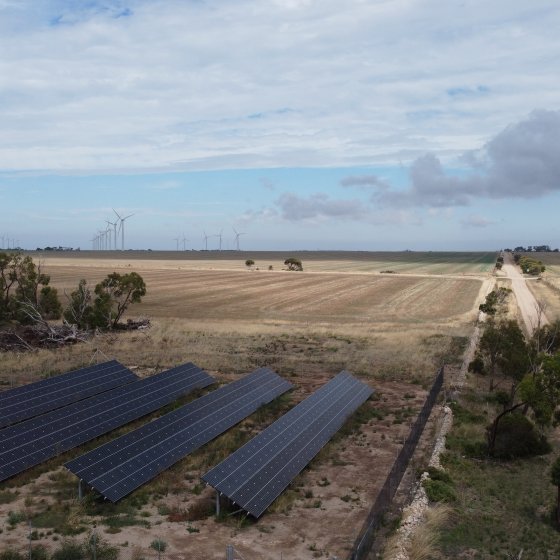- Home
- Environmental Themes
- Climate
- Responding to Climate Change
- Emissions Reduction
Emissions Reduction
Renewable Energy
- The 2018 South Australian State of the Environment Report stated that we were aiming to achieve 70% renewable energy by 2020. It is interesting to note that the 2013 State of the Environment Report provided a target of 33% renewables by 2020. South Australia has exceeded this expectation, with our energy generation via renewables reaching 72.3% between June 2022 and June 2023 compared with 36.3% nationally.

- South Australia has made significant investment in renewable energy, with around 69% of South Australia’s energy now generated via intermittent renewable energy sources. Wind is now the dominant source of renewable energy and contributed to 44.6% of South Australia’s total energy output and 64% of renewable energy output in 2021–22. The aim is to reach 85% of energy generated via renewable energy sources by 2025–26. In 2021, 100% of South Australia’s energy demand was supplied by renewable energy sources for 180 days.
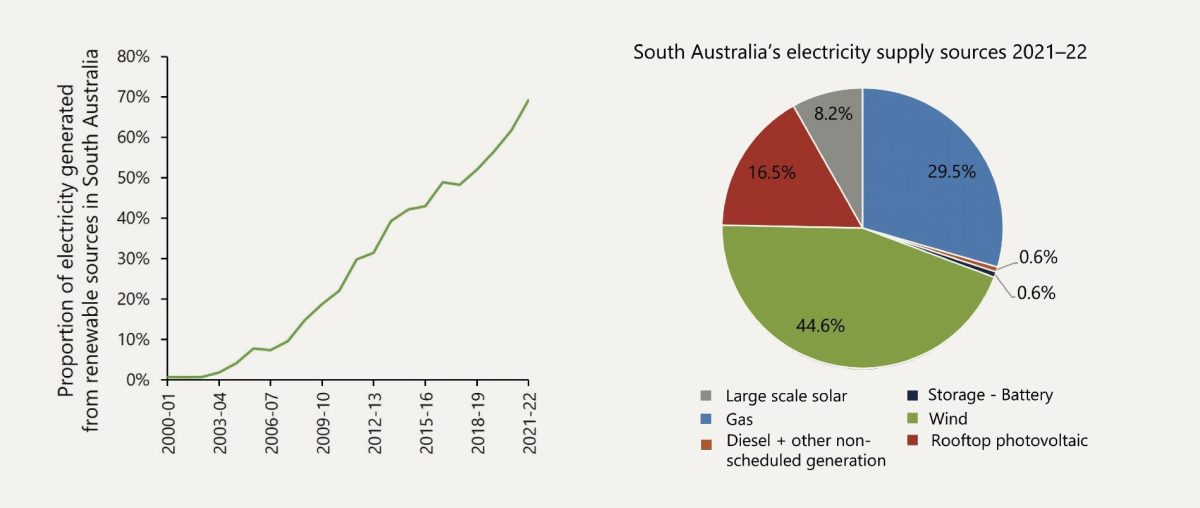
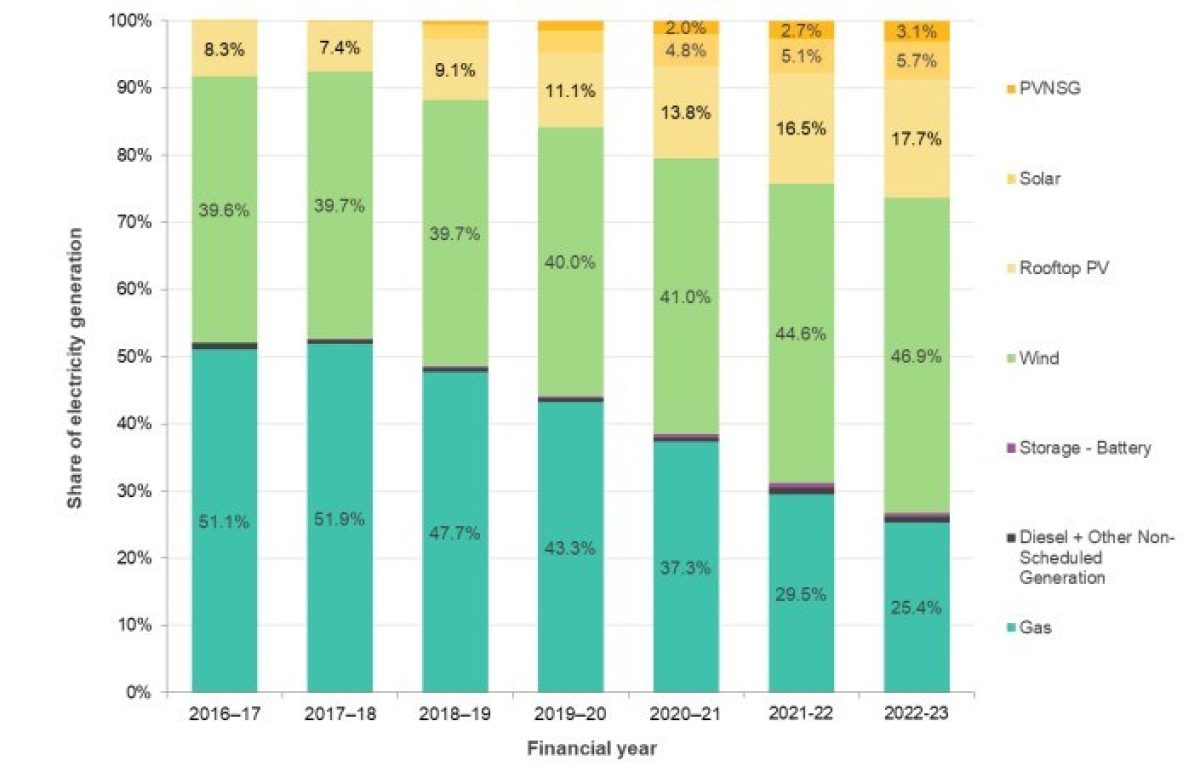
- There are several renewable energy projects being undertaken across the state. Further investment into renewable energy is expected following the passage of the Hydrogen and Renewable Energy Act 2023 enabling the South Australian Government to build a green hydrogen power station near Whyalla by 2025.
- Many businesses are installing solar panels to reduce their carbon emissions. One example is the installation of around 9,500 solar panels to be installed by Treasury Wine Estates and use of solar panels at Jacobs Creek. In addition, more than 1 in 3 South Australian households now have solar systems installed.
- Any renewable energy proposals will need to ensure that harm to the environment is minimised and existing resource users are not compromised during development and operation. They will also need to ensure that electricity can be delivered to the grid to ensure a reliable supply of energy can be provided to the South Australian community.
- A circular economy will need to be considered for existing and proposed renewable energy infrastructure, for example, management of solar panels, lithium-ion batteries and wind turbines after they have reached the end of their use, to minimise any waste reaching landfill.
- South Australia’s progress in renewable energy has been significantly greater compared with most other Australian states and territories. As a result, we are reporting less emissions than those states who still use coal to produce energy.
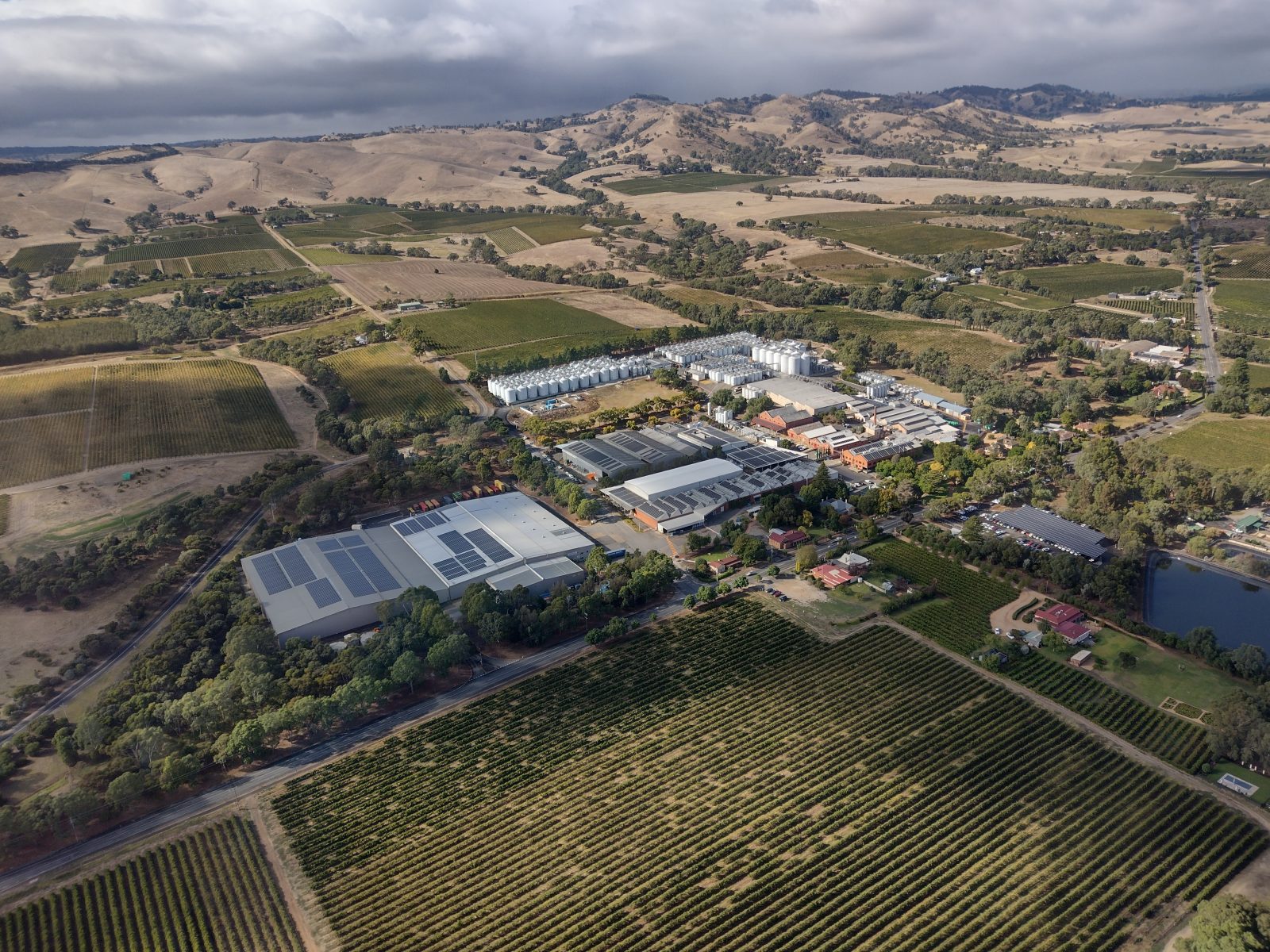
Check out
Energy Efficiency
- Electricity use by businesses and households depends on the number of users and types of appliances. Efforts need to be made to use less electricity. Not only does it reduce our energy consumption, it also saves money by reducing power bills. This can be done by choosing and improving energy efficiency of new homes and existing homes. The Australian Government has introduced the Nationwide House Energy Rating Scheme for new homes, and is also introducing the rating for existing homes.

- South Australians are becoming more energy efficient in their consumption of electricity. The South Australian Government provides an incentive scheme Retailer Energy Productivity Scheme – REPS for householders and businesses to save energy.
Check out
Switching Fuels
- The number of registered electric vehicles (EVs) in South Australia has increased from 155 in 2016 to 762 in 2020 (Australian Bureau of Statistics) and, according to the Electric Vehicle Council, has doubled again from 2022 to 2023. However, this is only a small share of the 83,000 EVs that are registered in Australia. The South Australian Government has developed information on selecting and using electric vehicles. Further incentives are needed to encourage people to purchase electric vehicles. This includes the installation of charging points in public places and, in particular, existing residential properties. The to help accelerate the uptake of EVs in South Australia. (Further reading: State of Electric Vehicles, Electric Vehicle Council and National Electric Vehicle Strategy.)
- The Royal Automobile Association of South Australia has been commissioned to construct and operate a statewide charging network for South Australia that will incorporate 530 chargers across 140 charging stations in over 50 rural, regional and metropolitan areas.
- Three of Adelaide’s six passenger train lines have been electrified. A feasibility study is being undertaken to examine how to transition the remainder of Adelaide’s train lines. A business case and transition plan are also being developed to transform Adelaide’s metropolitan bus fleet to zero emissions by 2050.
- Some industries are switching to more climate friendly fuels. For example, the Whyalla Steelworks is by using alternative gas sources to replace the existing coke-oven gas and Oz Minerals (now BHP) was trialling an electric triple road train for their operations.
- Installation of electric appliances instead of gas for new builds and replacement of gas appliances with electric ones is recommended. Some councils are offering incentives for households, for example, City of Adelaide Council. Opportunities could be investigated to expand these incentive schemes across South Australia to reduce gas use and, consequently, greenhouse gas emissions. Gas emissions can also be harmful to human health.
- As discussed by the Electric Vehicle Council, it is pertinent to increase use of electric vehicles to reduce emissions:
- EV buyers nearly doubled in 2022. The number of EVs purchased increased by 86% in the last year, with 3.8% of new cars purchased being electric.
- Australia still significantly trails behind the global average for electric car use.
- Better infrastructure to support charging of EVs and availability of cheaper cars (or incentives) are required to encourage the purchase of EVs.
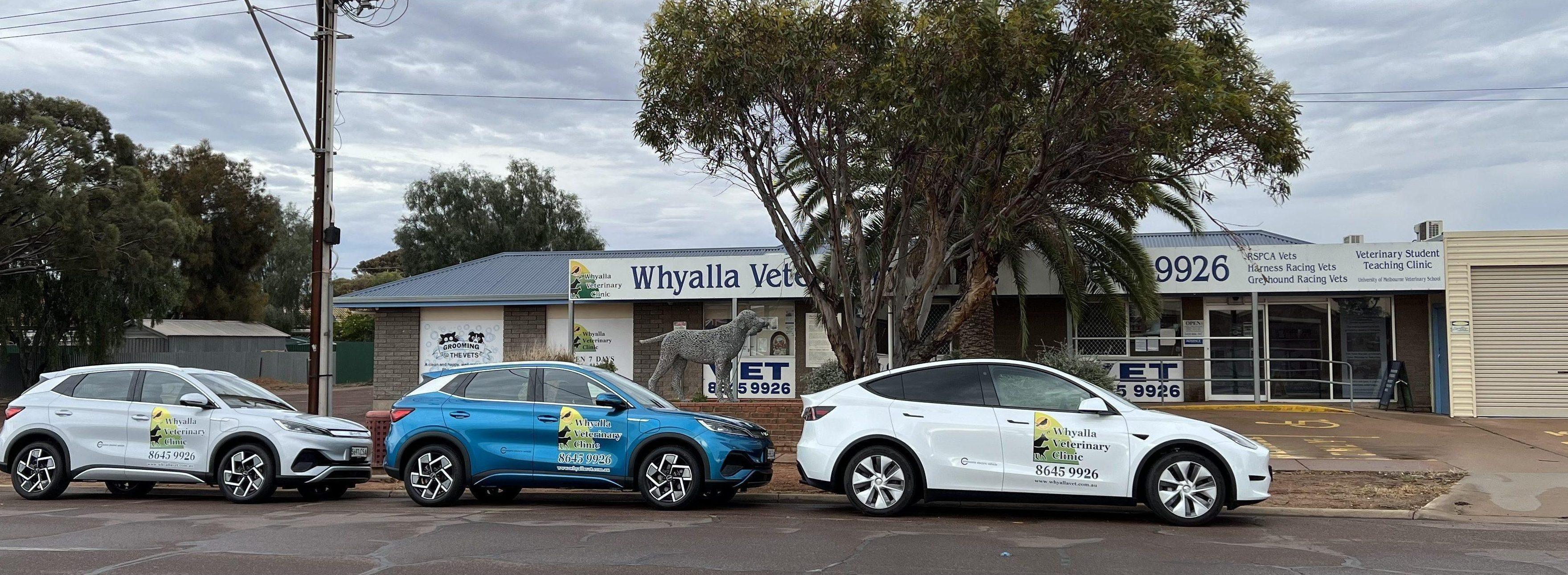
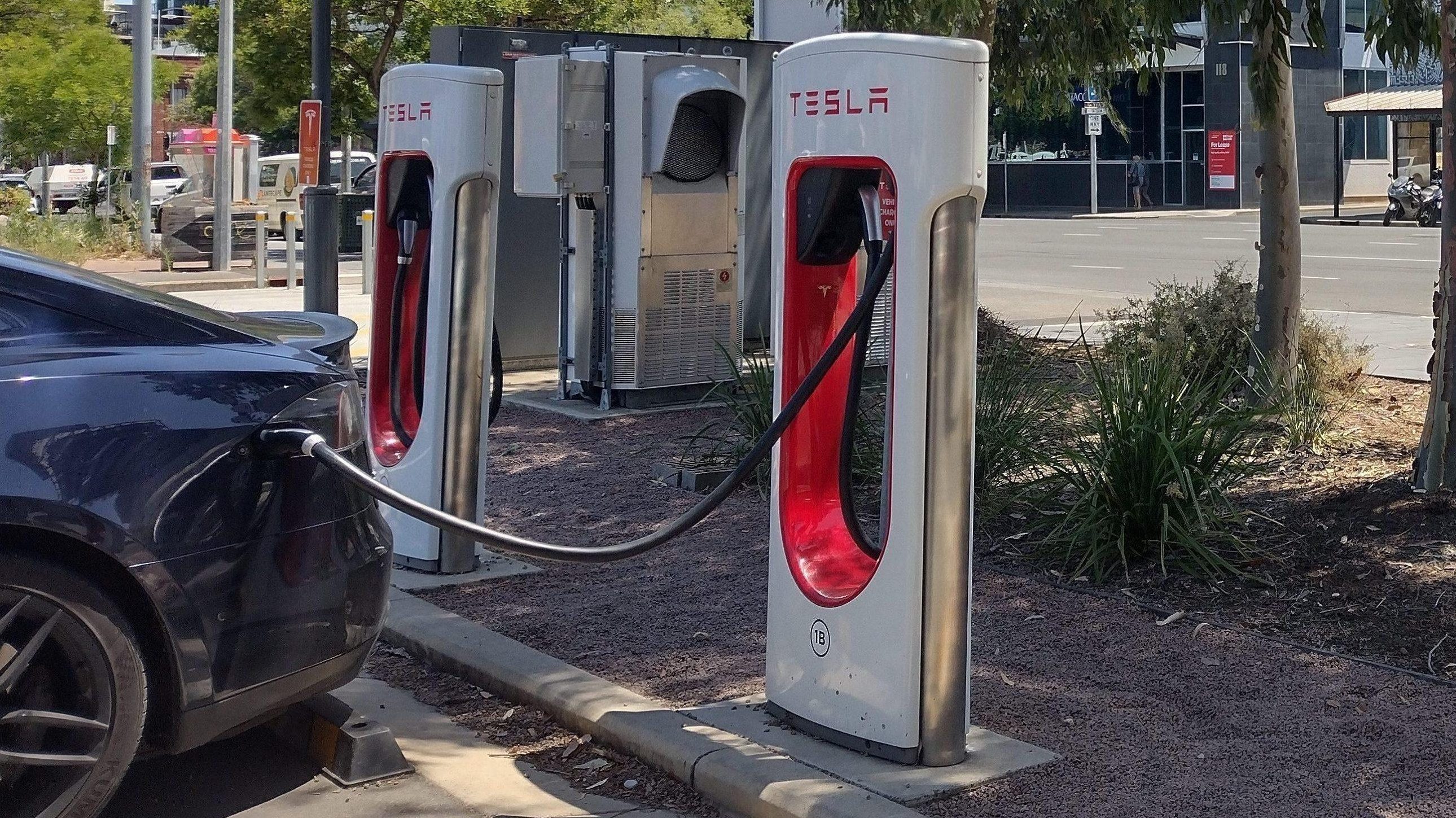
Check out
Transport Choices
- Transport is the third largest contributor to greenhouse gas emissions in Australia, with cars and light commercial vehicles being responsible for 62% of these emissions. South Australia’s motor vehicle registrations increased by 2.3% from 2020–21, which is the highest increase from the previous year in Australia, along with Queensland and the Australian Capital Territory.
- According to a Benchmarking Adelaide report released in August 2023, Adelaide’s public cycling and transport networks lag behind 19 other similar cities, resulting in a 16% increase in traffic congestion compared with a 27% fall experienced in 14 of the other cities.
- We need to increase participation in cycling and other forms of active transport. Better infrastructure is required to encourage people to hop on a bike and cycle to work. This may include safer cycling routes (the number one reason why people are reluctant to cycle) and the provision of bike storage and change room facilities at workplaces.
We need to invest in and facilitate active transport, increase the use of public transport and encourage the use of electric vehicles.
Check out
Improving practices
- Australians throw out approximately 7.6 million tonnes of household and commercial food waste each year. Apparently, that equates to $5.2 billion worth of food each year. Not only does rotting food produce methane, we are also wasting resources and producing greenhouse gas emissions from growing, transporting and distributing food that is wasted. Therefore, we need to reduce food wastage and increase composting of our green waste.
- Since 2003–04, our recovery of food and garden organics has not significantly increased. This represents a major opportunity to do better in this space. A report by Green Industries SA has identified strategies to reduce and divert food waste from landfill. Some councils have provided residents with a kitchen-based food waste caddy that makes it easy for people to collect food scraps at home. This could be rolled out to all councils once they have established green bin systems, which are still not in place in some locations.
- A review into the frequency of kerbside green bin collection should also be undertaken to optimise households using green bins to dispose of food-organic and green-organic (FOGO) green waste. The hospitality industry and events that serve food also need to include provisions for collecting food waste for composting. This could be achieved via education, incentives or regulation.
- Methane from sheep and cattle (emitted via their burps) accounts for around 14% of South Australia’s greenhouse gas emissions. The Australian Government is supporting research into methane reduction from livestock.
- Research is also being undertaken by the South Australian Research and Development Institute in partnership with other organisations, on the use of seaweed supplements in the reduction of methane production from livestock. South Australia is also supporting the cultivation of the red seaweed Asparagopsis sp., with a number of licences approved for our marine waters and on land for the nursery culture of the seaweed. The culture of seaweed also has other benefits such as absorption of nutrients from the marine environment and capturing carbon.
- Wood smoke from heating, campfires and firepits, controlled burns and bushfires is adding to carbon emissions. Using alternative heating options, improving domestic fire management by burning better for good and further improving our bushfire prevention and fire management practices will help reduce emissions.
